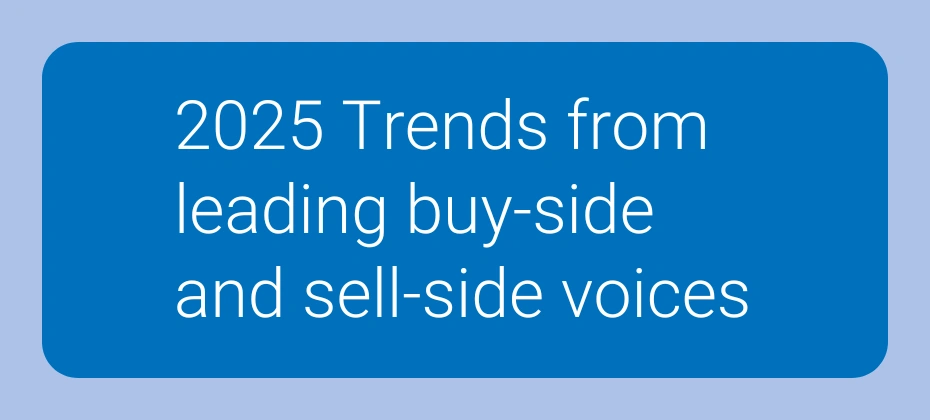


Last month, Audigent, a part of Experian, was in London for AdWeek Europe, where Drew Stein, Co-founder and Managing Director, took the stage as part of a panel on the digital landscape in 2025. He and his fellow panelists from Dentsu International, Kinesso, and Annalect, a division of OMG, discussed the state of the market, curation, adapting to the regulatory environment, and more.
Over the past year, though much has changed, there was a common theme. Each panelist recognized, from differing perspectives, an increased focus on data. Tara Kilcoyne, Operations Director Global Addressable Media at Dentsu International, explained, "Brands, agencies, and every player in play realize how important data is, the value of it, and really look at it in a different light. It helped us move away from those walled gardens where data is free, but we don't really understand the nitty-gritty of how that data is collected. There's never been a more exciting time in data and identity than right now."
With this increased focus on data, real-time data enrichment and curation was a natural next step that will continue to be in demand as Drew explained, "Real-time data enrichment is a huge trend that will be part of addressability for the foreseeable future, and it allows agencies and brands to dynamically use a much wider breadth of identity to address audiences across all of the different media channels and action them. More importantly, not only does real-time data enrichment open the door to using lots of those different kinds of signals, but it also optimizes those signals, which is why, I think, curation has gained the steam that it has. It's not just about dynamic addressability and real-time data enrichment, it's also using the same pipes to optimize those datasets while in flight."
He also went into the three core ingredients that make up curation:
- Unique data
- Robust access to the supply path
- Optimization
When done well, it drives empirically terrific results for brands and media agencies, but it also brings a fantastic uplift for publishers. Plus, it's doing it in a more privacy-safe and consumer-friendly environment because it doesn't rely on legacy signals, matching tables, or datasets.
Dylan Mouratsing, UK Managing Director at Annalect, a division of OMG, went into the value their clients see from curation, "The big additions that our clients really value [in curation] are the quality, the transparency, the overall efficiency and how our solution stacks up compared to other approaches to get to that same inventory...I think the results speak for themselves."
But, as the tug of war intensifies between public platforms, regulators, and those driving privacy enforcement, the market is constantly in flux. Alexander Hawkesworth, VP of Client Experience: Data & Privacy at Kinesso, described how they work with clients in this regulatory environment: "I think there are three legs to this. You want to build something resilient. Something that allows you to rely on multiple ID or data sources and you build from the bottom up...You need to build something that allows you to address people in a branding and prospecting sense and then build up from there. It might be using contextual in combination with geo IP, qualifying your audiences before you look up for the context. It might be looking at search intent and saying, does this tell me something about the audience and where would they are within the funnel? Then, you build up how you connect that to first-party data...And finally, of course, it's ensuring that all of this is brought together in a single plan, not over a short period of time, but over maybe a three-year or five-year basis."
With over half the year still to go, there will surely be additional challenges, but it's also clear that curation is one of the largest trends currently driving the overall programmatic ecosystem and it is just beginning in Europe. There are already some gold standards in the marketplace, and working with the right companies will drive incredible value and performance.
